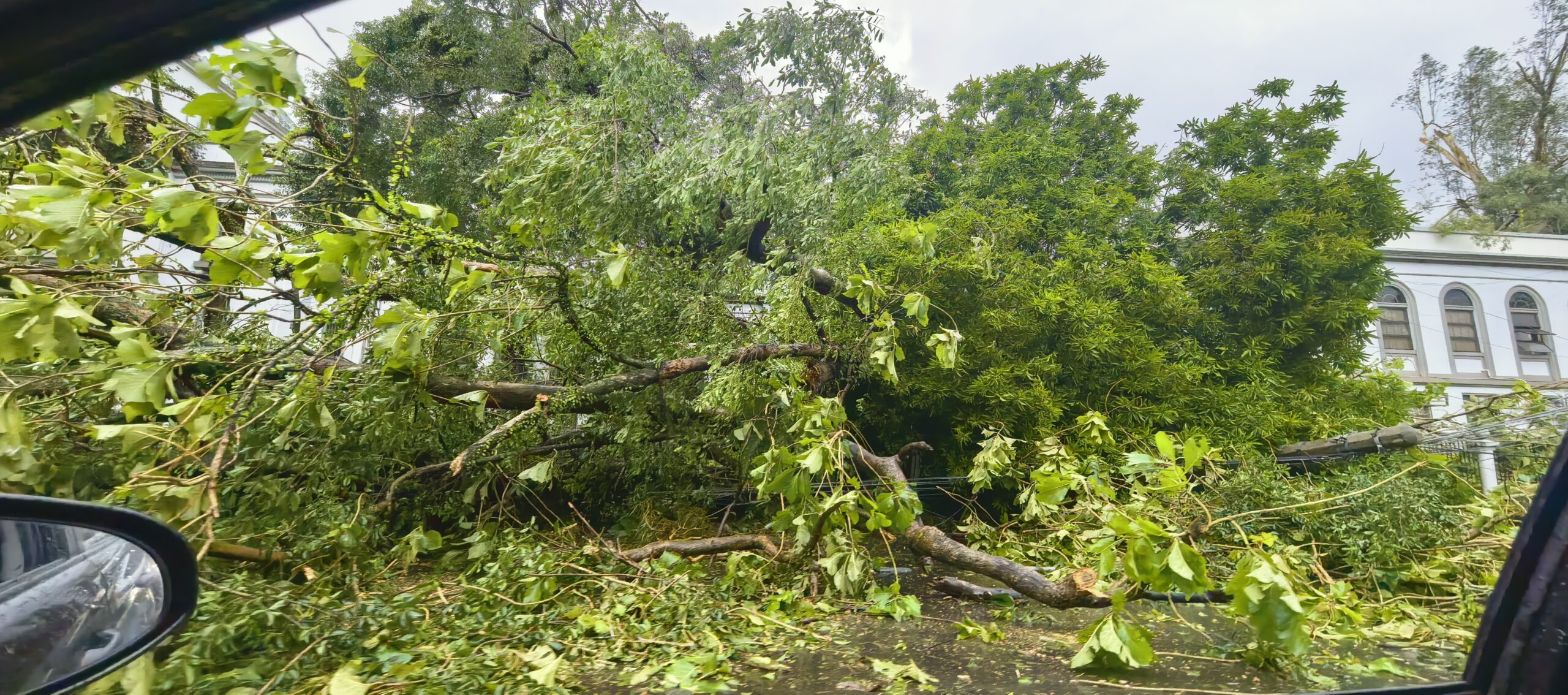Odette aftermath: Rat fever infects dozens of residents in Southern NegOcc
Over a month after super typhoon Odette left havoc in southern Negros Occidental, it is now facing the aftermath of the flooding with the rise of leptospirosis cases, killing at least 4 individuals since late December 2021, and dozens were infected.
The Department of Health confirmed to NegrosNews.Online that at least 20 cases were recorded in Negros Occidental from January 1-8. Thirteen of whom are from Kabankalan City after almost 70% of the city was submerged in flooded waters at the height of the typhoon.
DOH said at least 2 confirmed deaths were recorded on the first week of January—one from Kabankalan City and another from the town of Ilog. But when asked for a tracker for confirmed infections for the last 2 weeks of 2021, the Communication Management Unit of DOH 6 still has to respond to our follow-up. This story will be updated once additional data is available.
A source of NegrosNews.Online, who request for anonymity said several individuals were admitted in both public and private hospitals in Kabankalan from December up until this month due to the bacterial infection after wading the flooded waters. One of the early fatalities is an electrician in one of the subdivisions in the city proper. Another fatality on his early 30’s was also recorded last week.
Most patients suffered severe symptoms and were admitted on intensive care units for weeks. Some even have to look for at least 12 bags of blood for transfusion.
The health bureau said it is in close coordination with the concerned local government unit, following a reported clustering of cases in one of the barangays. All 4 clustered cases have history of wading in the flood waters during the typhoon, the DOH added.
Aside from Kabankalan, DOH also logged a total of 6 cases in Ilog town and 1 from Himamaylan City.
According to Centers for Disease Control and Prevention, the bacterial disease is caused by bacteria of the genus Leptospira. In humans, it can cause a wide range of symptoms, some of which may be mistaken for other diseases. Some infected persons, however, may have no symptoms at all.
It added that without treatment, it can lead to kidney damage, meningitis (inflammation of the membrane around the brain and spinal cord), liver failure, respiratory distress, and even death.
The time between a person’s exposure to a contaminated source and becoming sick is 2 days to 4 weeks.
Illness usually begins abruptly with fever and other symptoms. It may occur in two phases: After the first phase (with fever, chills, headache, muscle aches, vomiting, or diarrhea) the patient may recover for a time but become ill again. If a second phase occurs, it is more severe; the person may have kidney or liver failure or meningitis, the CDC said.

Typhoon Odette victims in Hinobaan gets more help
The Provincial Government’s relief operations in southern Negros Occidental dubbed “Rebuild and Restore” turned over additional aid to more than a thousand residents of the Municipality of Hinobaan, who were affected by the recent typhoon.
The recipients were from barangays Sangke, Culipapa, Daug, Bulwangan, Asia, Alim, Pook, 1 Poblacion, 2 Poblacion, San Rafael, Bacuyangan, Talacagay, and Damutan received solar power kits, plastic buckets, and corrugated and plain GI sheets, through the Provincial Government of Negros Occidental.
Leading the distribution was Gov. Eugenio Lacson along with 6th District Board Member Jeffrey Tubola, former 6th District Rep. Mercedes Alvarez, Hinobaan Mayor Ernesto Estrao, Provincial Administrator Atty. Rayfrando Diaz, and local officials of the town.
The Office of the Provincial Agriculturist also distributed assorted high value crops and vegetable seeds.







